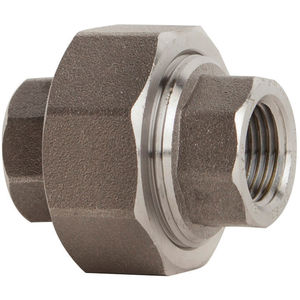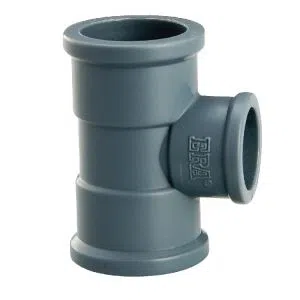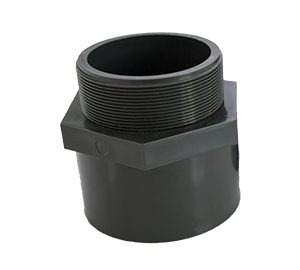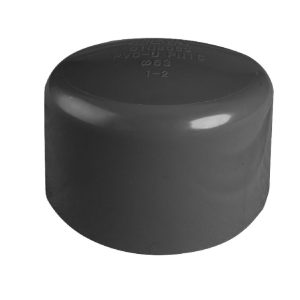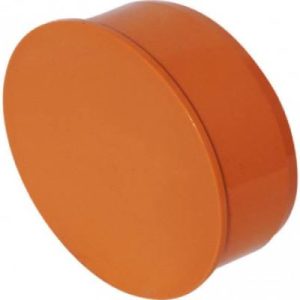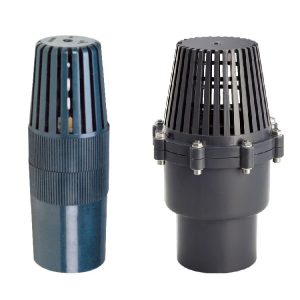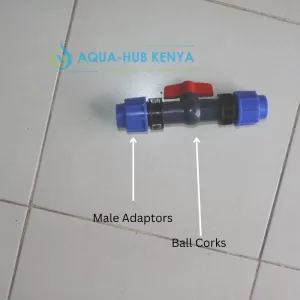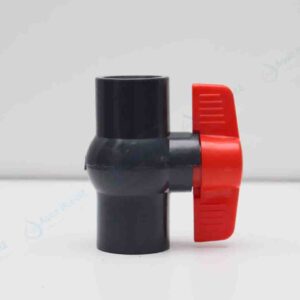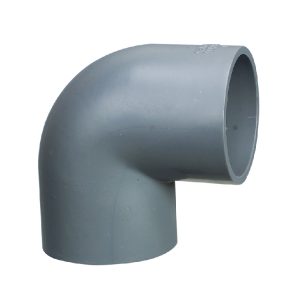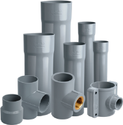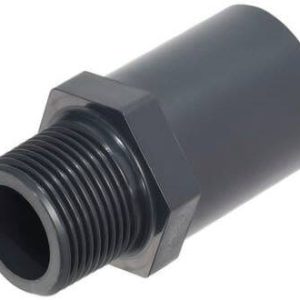Union
A pipe union is a type of fitting used to connect two pipes without causing any harm to the pipes. Pipe unions are capable of readily disjoining two pipes. They are widely used in the pipe fitting industry. The majority of pipe unions are made up of two pipes joined together by a third component. To provide a secure connection, all three are threaded.
What is a Pipe Union?
Pipe Union is a sort of fitting equipment that connects two pipes that may be separate without causing distortion to the pipes. Pipe unions are used to make any type of small diameter piping connection that requires a positive seal and simple installation and disassembly. In other words, pipe unions may readily separate two pipes.
They are in high demand in the pipe fitting industry. It is used when attempting to connect two pipes that are fixed and hence cannot be rotated. It is similar to a coupling in that it may be unscrewed into two separate pieces and then screwed back together when both separate ends are affixed to the two pipe ends that must be united.
What are the materials for making Pipe unions?
- Stainless steel
- Cast iron
- Aluminum
- Nickel
- Copper
- Brass
- Bronze
- Alloy
- Plastic
- Rubber etc.
What are the parts of a pipe union?
A pipe union is made up of three pieces: a nut, a female end, and a male end. Both the male and female ends of a pipe fitting are sealed together with nuts to create a functional working pipe fitting. The threads in a female threaded fitting are on the inside, whereas the threads in a male threaded fitting are on the outside. Because the union’s coupling ends may be interchanged, these pipe fittings can be simply replaced in a short period of time.
- A nut
- A female end
- A male end
The nuts are utilized to provide the necessary pressure to seal the connection when the female and male ends are joined. Pipe union components are typically held together by at least one radial screw or nut with a sized cross-section. When substantial pulling tension is exerted from the outside to the pipe union, the locking screw breaks and separates the two portions of the union, which then separates from the pipes to which they are attached. Under normal circumstances, elastically stressed sealing devices maintain water tightness between union components.
Types of pipe unions
Pipe unions are classified into two types:
Ground Joint Union: The formation is by cutting an angle into the union to bring the two parts together. It improves the surface area at the joint, allowing for appropriate sitting.
Flange Union: A flange union is a pair of flanges that hold two pipes together by screwing them onto the ends of the pipes before joining together.
Pipe unions have many uses
It is applicable in a variety of municipal and industrial settings, including the following:
Fire protection.
Pipeline system for processing.
Water and wastewater.
What are the advantages of pipe unions?
- In any pipe system, to offer a leak-proof disconnecting point.
- Insert metering and regulating devices into any plumbing installation using this tool.
- It connects the pipe system to vessels.
- Can connect two pipes of various sizes.
- Can easily remove the join between two pipes.
- Installation is simple.
Buyers should check for the following features
- Type
- Standard
- Material
- Size
- Durability
- Easy to install
- Corrosion resistance
Places Where You Should Use Pipe Unions
- Either side of a piece of equipment, such as pumps, sight-glasses, flow meters etc., which may need removal for servicing or replacement.
- At the start and end of a pipe spool.
- At the end of a pipe where you wish to have some rotational movement in the pipe, such as a tank inlet.
- Either side of valves that have a solvent weld or threaded connection without unions or flanges.
Related products
End cap
Foot valve
HDPE Couplings
HDPE Coupling Prices in Kenya
We sell strong and high quality HDPE Couplings in Kenya. Their prices range from KES. 100/- to KES 15,00 depending on their sizes. Find the attached price list. <tr> <td>AQH/PP MC/006PN-16</td>63 mm<td>800</table>Call us for orders : +254790719020| Item Number | idth="147">Pressure rating | Available Sizes | Prices | |
| AQH/PP MC/001 | PN-16 | 20 mm | 100 | |
| AQH/PP MC/002 | PN-16 | 25 mm | 150 | |
| AQH/PP MC/003</td> | PN-16 | 32 mm | 200 | |
| AQH/PP MC/004 | PN-16 | 40 mm | 350 | |
| AQH/PP MC/005 | PN-16 | 50 mm | 550 | |
| AQH/PP MC/007 | PN-16 | 75 mm | 2500 | |
| AQH/PP MC/008 | PN-16 | 90 mm | 3500 | |
| AQH/PP MC/009 | PN-16 | 110 mm | 4500 | |

